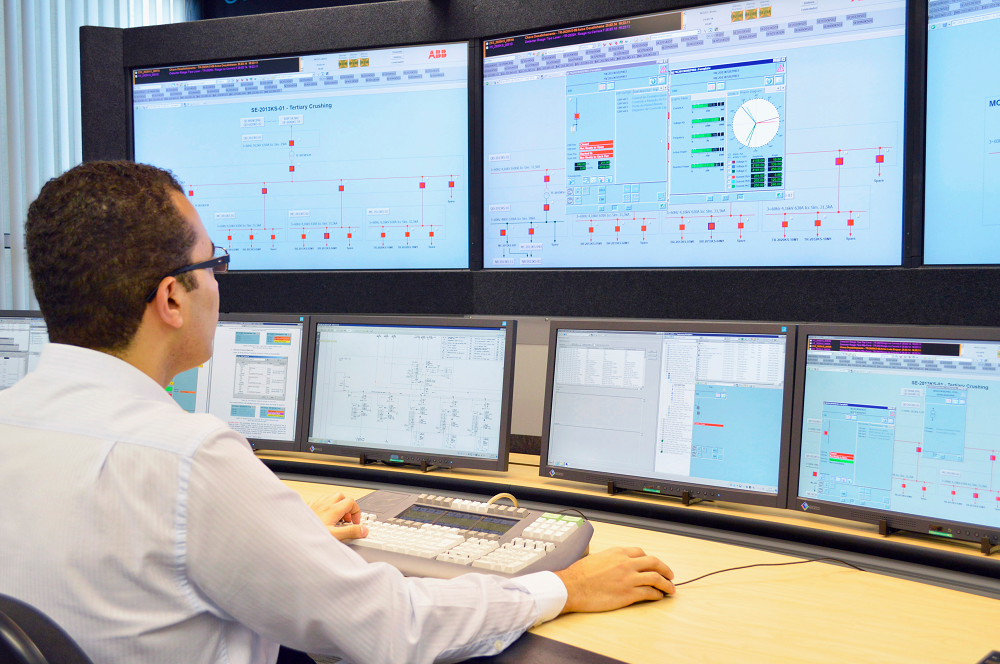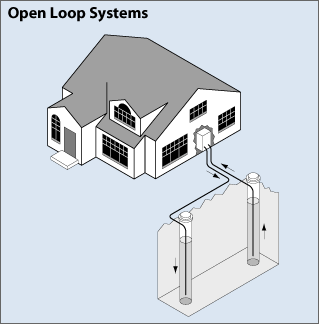At its simplest, an electrical control system takes a signal or measurement from somewhere. This is known as the input, and it processes what it’s being told by this input. It then acts by changing another part of the system, and that’s the output.
Input-process-output are the fundamental elements of an electrical control system. Needless to say, when it comes to sophisticated engineering applications, many thousands of control systems are interacting and networking to provide control.

Continuous and Discrete Time systems
There are two types of electrical control system: Continuous Time (CT) and Discrete Time (DT). DT systems process signals at set times or in set periods or sequences.
In CT systems, signals are continually being input to the control system. In an oil refinery, for example, sophisticated temperature sensors send information to the control system, which responds by increasing the furnace temperature, decreasing it, or switching pumps on or off. The refinery control system will be receiving many thousands of these inputs every minute, processing them and outputting control actions day and night to keep the refinery operating safely.
Electrical control components manufacturers make thousands of specialised and general use parts for every kind of electrical control system like those at http://www.osmelectrical.com/, both industrial and domestic.

Closed loop and open loop
These are the other main types of electrical control systems. In an open loop system, the input-process-output sequence ends at the output point. The input may vary, but the output will not. For example, in a central heating system, the time of day will vary. However, if the timer is set to switch on the heating at a set time, when that time arrives and is registered by the control system, the boiler will be fired up. The house may be much colder than your thermostat setting in the middle of the night, but unless the time input matches the timer’s setting, the heating won’t come on.
In a closed loop system, the output is set to maintain a certain value, and the control system will monitor the inputs and adjust the output as required. If you don’t have a timer set on the heating but you do have a thermostat, it will send a feedback message to the control system to ensure that the system maintains the desired temperature, even in the middle of the night.
